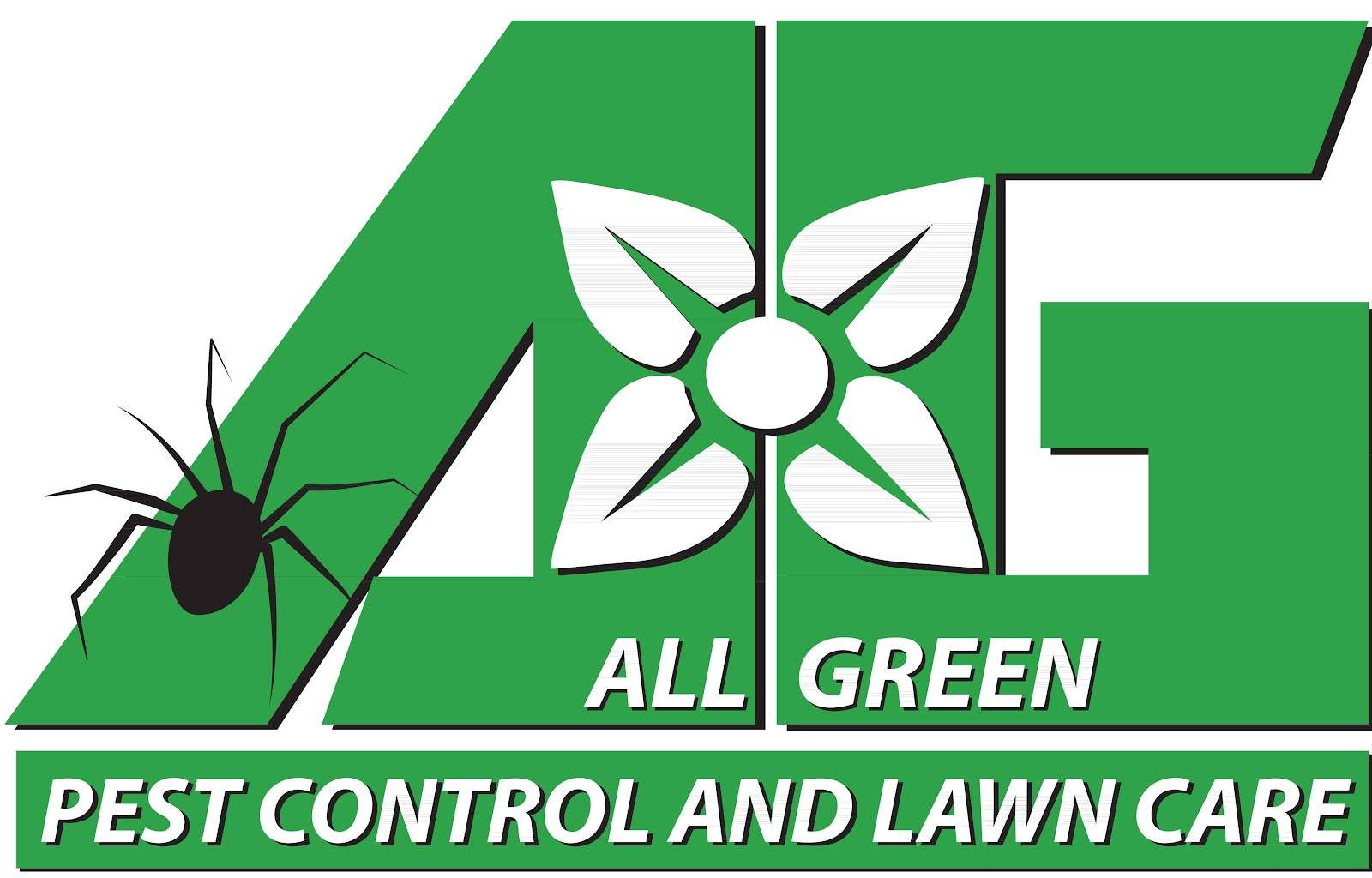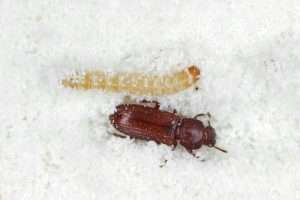Active, Year-Round Pests in Homes and Businesses
While many pests hibernate or die off during colder months, several remain active year-round, creating challenges for homeowners and businesses alike. From pantry beetles to termites, understanding these persistent pests can help you implement effective prevention and control measures. Let’s explore the types of pests and insects that can thrive inside, no matter the season.
Winter Pests: The Year-Round Intruders
Winter may bring a drop in outdoor insect activity, but some pests adapt to indoor environments, staying active throughout the colder months. These pests exploit warmth, food, and shelter inside homes and businesses, making them a constant problem.
Pantry Beetles and Moths
Pantry pests like Indian meal moths, cigarette beetles, and flour beetles are notorious for infesting stored food products. They can survive on grains, spices, pet food, and even dried flowers. The larvae, not the adults, are responsible for most of the damage as they feed on food items.
- How to Spot an Infestation: Look for small moths flying around or webbing inside food containers. Beetles often appear as tiny dark insects crawling in or around your pantry.
- Prevention Tips: Store food in airtight containers and regularly check for signs of contamination. Dispose of infested items immediately.
- Additional Reading: University of Minnesota Extension on Pantry Pests
Carpet Beetles
Carpet beetles are small insects that feed on natural fibers, such as wool, silk, and leather. They can also infest upholstered furniture and clothing, causing significant damage over time.
- Lifecycle: Adult carpet beetles are drawn to light, but their larvae are the ones responsible for destruction.
- Control Measures: Vacuum frequently and clean areas where pet hair and lint accumulate. Use mothballs or other insecticides as needed.
- Further Information: Integrated Pest Management Guide on Carpet Beetles
Year-Round Pests That Persist Indoors
Certain pests have adapted to thrive in indoor environments, making them active year-round. These pests can cause structural damage, contaminate food, and pose health risks.
Carpenter Ants
Carpenter ants are wood-destroying pests that tunnel through wooden structures to create their nests. Unlike termites, they do not eat wood but can weaken the structural integrity of a building.
- Signs of an Infestation: Look for sawdust-like debris near wooden areas and trails of ants. You may also hear faint rustling sounds inside walls.
- Control Tips: Address moisture issues, seal cracks, and use ant baits to eliminate colonies.
- Learn More: National Pest Management Association on Carpenter Ants
Termites
Termites are among the most destructive pests, capable of causing severe structural damage to homes and businesses. Subterranean termites are the most common species, forming colonies underground and entering structures through wood in contact with soil.
- Detecting Termites: Mud tubes along walls, hollow-sounding wood, and discarded wings are key indicators of a termite infestation.
- Prevention Strategies: Regularly inspect your property for signs of termites and ensure proper ventilation and drainage to reduce moisture.
- Resource: EPA’s Guide to Termite Prevention
Springtails
Springtails are tiny, moisture-loving insects that are often mistaken for fleas due to their jumping ability. While they don’t bite or damage structures, they can become a nuisance in damp areas like bathrooms, basements, and kitchens.
- Attraction to Homes: They thrive in areas with high humidity and decaying organic matter.
- Management Tips: Fix leaks, improve ventilation, and use a dehumidifier to reduce indoor moisture levels.
Mites
Mites are microscopic arachnids that can infest homes in various forms, including dust mites, clover mites, and bird mites. While most mites are harmless, some can cause allergies or skin irritation.
- Dust Mites: Thrive in bedding and upholstered furniture, feeding on dead skin cells.
- Control Methods: Wash bedding in hot water, vacuum regularly, and maintain low humidity levels.
Ants
Aside from carpenter ants, other ant species such as odorous house ants, pavement ants, and pharaoh ants remain active year-round inside homes and businesses. These ants seek food, water, and shelter, often forming extensive colonies indoors.
- Common Areas of Activity: Kitchens, bathrooms, and any space with food residues or moisture.
- Prevention: Clean up food spills promptly, store food in sealed containers, and eliminate water sources.
- More Information: Ant Control Tips from Texas A&M AgriLife Extension
Spiders
Many spider species, including common house spiders and cellar spiders, remain active indoors year-round. While most spiders are harmless and even beneficial as natural pest controllers, some, like the black widow or brown recluse, can pose risks.
- Where They Hide: Spiders often reside in basements, attics, and dark corners.
- Control Methods: Reduce clutter, seal cracks, and use sticky traps to monitor activity.
- Helpful Resource: University of Kentucky Entomology on Spiders
The Importance of Year-Round Pest Management
Pests that remain active all year long require consistent monitoring and proactive measures to prevent infestations. Here are some general tips to keep your home or business pest-free:
- Maintain Cleanliness: Regularly clean and declutter areas that may harbor pests.
- Seal Entry Points: Inspect and seal gaps around doors, windows, and foundations.
- Manage Moisture: Repair leaks and maintain proper ventilation to reduce humidity.
- Inspect Regularly: Conduct routine inspections to detect pest activity early.
By staying vigilant and taking preventive actions, you can reduce the risks posed by persistent pests and maintain a healthier indoor environment. For professional pest control services, consult a licensed expert to address infestations effectively.
Ants and termites are active year round. Check out our post that explains the differences for identifying ants vs termites!

